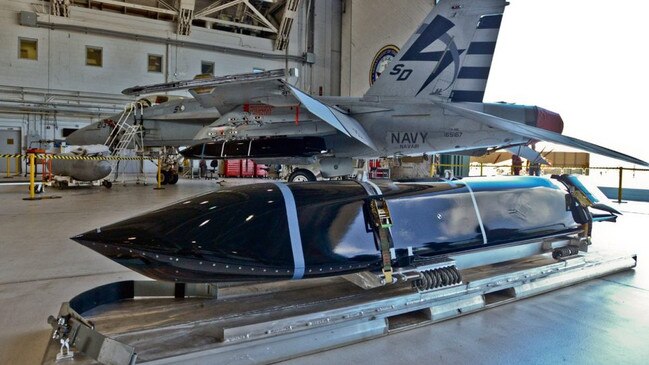Getting the guided weapons missile mix right
What types of missiles must be prioritised for local production to meet the needs of the ADF and to open up new markets for export?

The decision by the Morrison government to support the sovereign manufacture of guided weapons raises the question of what types of missiles must be prioritised for local production to meet the needs of the ADF and also to open up new markets for export.
The Sovereign Guided Weapons Enterprise will likely start with the local manufacture of key components for existing weapons systems, as this new industry finds its feet in a complex and highly technical sector. Component manufacture is vital, especially to sustain or augment a local stockpile of guided weapons over a prolonged period. But it’s important to move relatively quickly to the actual manufacture of complete missile systems.
A good place to start would be considering dual-use applications inherent in Australia’s developing commercial space sector, which now includes a number of companies developing rocket technologies that could easily be adapted for military use.
Space launch vehicles are inherently similar to ballistic missile technologies. Having a long-range strike capability based around conventionally armed land-based ballistic missile systems is one option to address the ADF’s need for long-range prompt strike capability. For example, army’s Precision Strike Missile (PrSM) could be made locally and subsequently evolved into a longer-range ballistic system that could deliver precision effect at medium or intermediate range.
The 2020 Force Structure Plan and the subsequent 2021 AUKUS agreement highlighted the importance of enhanced strike and deterrence capability, and nominated a range of missile systems, including the LRASM, as well as the JASSM-ER and the Block V TLAM. These will boost ADF Anti-Surface Warfare and Land Attack capability.
But it’s pointless investing in these missiles if they are only to be acquired in small numbers.
A boutique force is a brittle capability that is unsuitable for sustained high-intensity warfare against a major-power adversary.
Therefore, the sovereign guided weapons enterprise should produce under licence the missile systems mentioned above and develop the capacity to stockpile these weapons in large numbers. A surge production capability for LRASM, JASSM-ER and TLAM would also make a lot of sense.
Defence is as important as offence, so sovereign manufacture of defensive missile systems such as antiship missile defence weapons SM-6 and SM-2MR for navy, and also beyond visual range air-to-air missiles such as the AIM-120C AMRAAM for air force would make a lot of sense.
Of course, any sovereign guided weapons enterprise must have a research and development component. This would lend itself to two important military-capability areas that the ADF must embrace.
The first is hypersonic weapons, especially scramjet-based cruise missiles that may emerge from the joint Australia-US SCIFiRE project, and which will dramatically enhance the ADF’s long-range prompt strike capability. The second is loitering munitions, which offer an entirely new approach to short-range strike capability, particularly through swarming attacks against fixed targets and undefended ground forces.
But in considering all of these options, the overriding requirement for sovereign guided weapons production must be to move quickly. The rapid deterioration of Australia’s strategic outlook doesn’t give our defence industry the luxury of time to move at a leisurely pace. Establishing secure sovereign supply chains for vital missile systems quickly is a priority for Australia.


